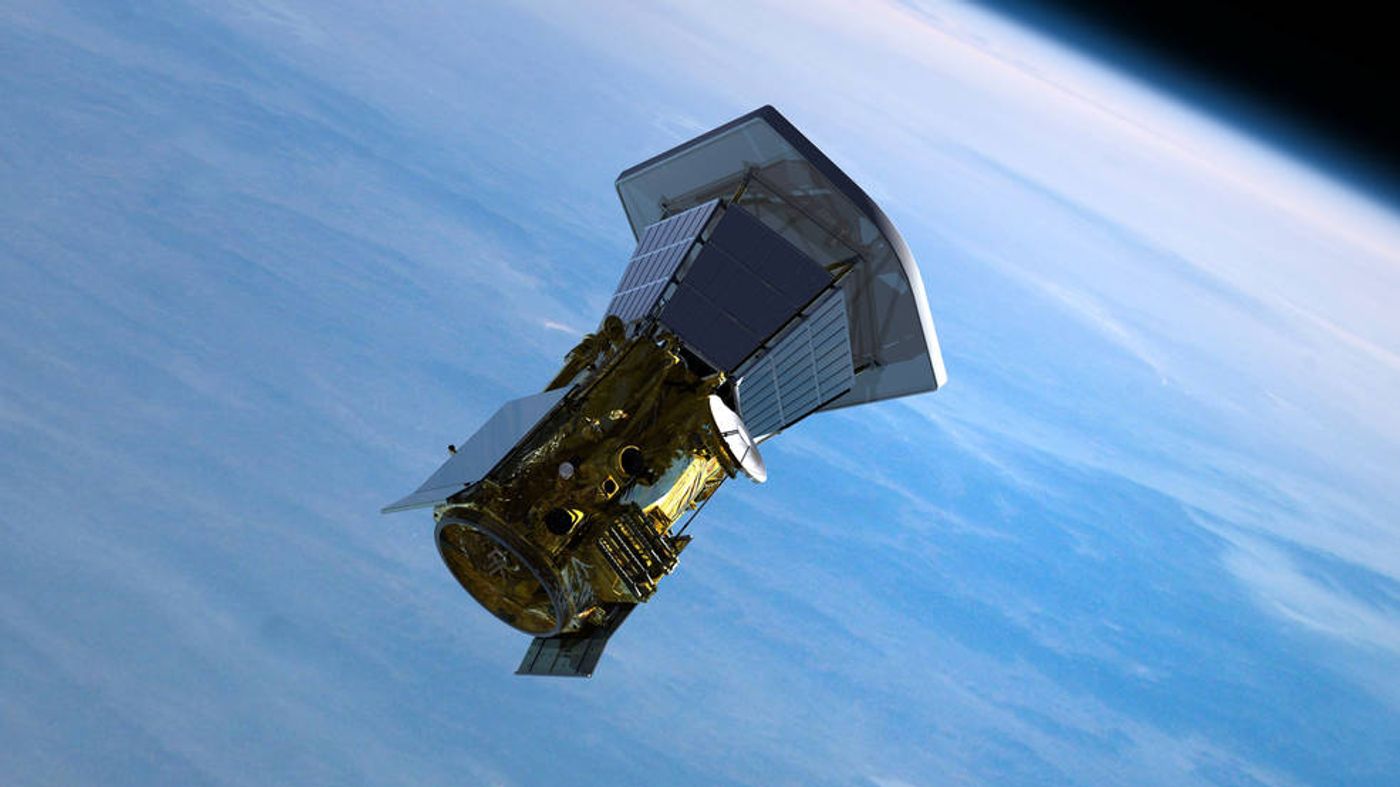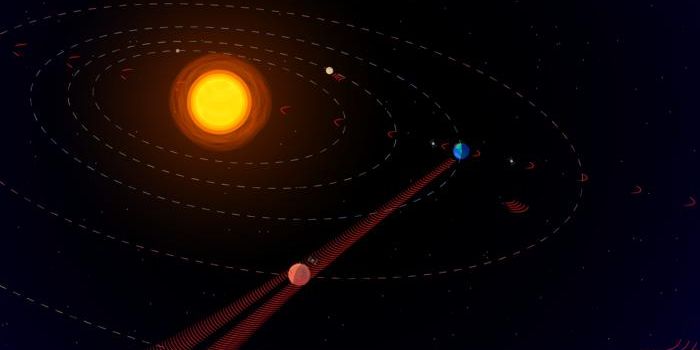NASA is Planning a Mission to "Touch" the Sun
NASA is planning to announce an unprecedented mission some this week in which the space agency will validate its interest in sending a space probe closer to the Sun than any other space probe has ventured in the past.
Image Credit: JHU/APL/NASA
The mission, which is being dubbed Solar Probe Plus, will involve flying a satellite within 4 million miles of the Sun’s surface to collect data. This mission will launch sometime in the Summer of 2018 and should enable NASA to learn more about both the Sun's chemical and physical properties.
Flying this closely to the Sun, the probe will venture into the Sun’s outer atmosphere and be subjected to more intense heat temperatures and solar radiation than any other man-made satellite in history, but it will be for a very good cause – science.
Related: NASA spots a large coronal hole in the Sun's surface
For comparison, Mercury is the closest planet to the Sun in our Solar System and orbits the Sun approximately 35.98 million miles away on average. This is close enough that Mercury exhibits surface temperatures as high as 801º Fahrenheit; a temperature hot enough to melt lead.
Solar Probe Plus will be responsible for helping NASA to learn about the inner workings of stars, their physics, and more.
With this data, NASA hopes to provide more accurate solar storm and Sun activity forecasts, enabling us to have a better idea of how these events impact satellites in space as well as life on Earth and on the International Space station.
Related: Experts expect 'Maunder Minimum'-like solar hehavior in the next few decades
NASA’s announcement is planned for Wednesday, May 31st at 11 A.M. EDT and will be live-streamed from the University of Chicago’s William Eckhardt Research Center Auditorium. To tune into what NASA has to say, you can visit their website tomorrow at the aforementioned time.
Among the most interesting parts of this project will be learning how NASA will withstand the substantial amount of heat and what kinds of data will be pulled from the Sun when we finally get close enough to it.
Source: NASA









